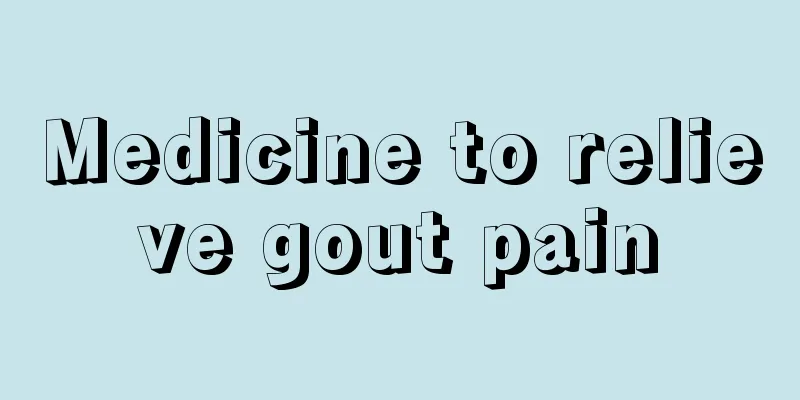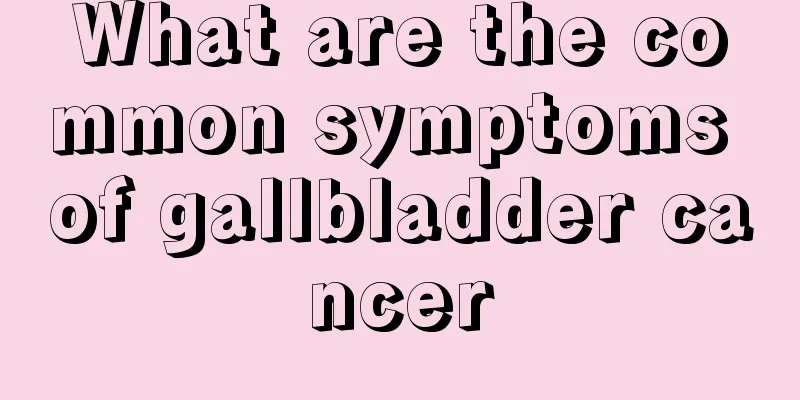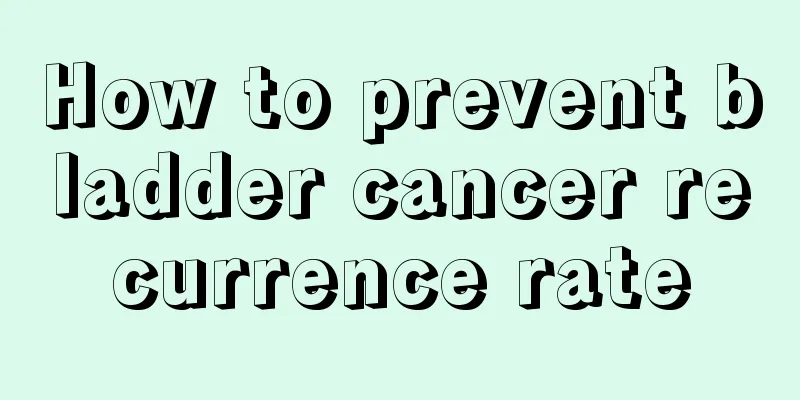Medicine to relieve gout pain

|
Gout is a relatively stubborn disease that troubles many people. They often choose drugs that relieve gout pain to suppress the disease. It is understood that different degrees of gout require different medications, which you will learn when you see a doctor. Gout patients need to improve their diet, and it is best to exercise regularly every day. Improving their immunity will be very effective in improving pain. 1. Classification of antigout drugs According to the different clinical stages of gout, anti-gout drugs can be divided into two major categories: drugs for controlling acute arthritis symptoms and drugs for combating hyperuricemia. Drugs for controlling the symptoms of gouty arthritis mainly include colchicine, nonsteroidal anti-inflammatory drugs and glucocorticoids; anti-hyperuricemia drugs mainly include drugs that inhibit uric acid production (such as allopurinol) and drugs that promote uric acid excretion (such as benzbromarone and probenecid). 2. Guidelines for the use of anti-gout drugs 1. During the acute attack of gout, it is recommended to carry out anti-inflammatory and analgesic treatment as early as possible (generally within 24 hours) (recommendation level: 2B) During the acute attack of gout, early (within 24 hours) targeted use of nonsteroidal anti-inflammatory drugs (NSAIDs), colchicine and glucocorticoids can effectively fight inflammation and relieve pain, thereby improving the patient's quality of life. 2. During an acute attack of gout, it is recommended to first use NSAIDs to relieve symptoms (recommendation level: 1B) When gout attacks acutely, the first thing to consider is to relieve the patient's clinical symptoms. Currently, there is only indirect evidence comparing the relative efficacy and safety of different nonselective NSAIDs in the treatment of gout. Selective cyclooxygenase 2 (COX-2) inhibitors can inhibit COX-2 more specifically, reduce side effects such as gastrointestinal damage, and can be used for patients with high-risk factors for the digestive tract. 3. During the acute attack of gout, for patients who are contraindicated to NSAIDs, it is recommended to use low-dose colchicine alone (recommendation level: 2B) High-dose colchicine (4.8-6.0 mg/d) can effectively relieve the clinical symptoms of patients in the acute stage of gout, but its incidence of gastrointestinal adverse reactions is high and it is easy for patients to stop taking the drug due to adverse reactions. There was no statistically significant difference in effectiveness between low-dose colchicine (1.5-1.8 mg/d) and high-dose colchicine; in terms of safety, the incidence of adverse reactions was lower. Low-dose colchicine is more effective when taken within 48 hours. |
<<: Dry and painful nasal cavity
Recommend
Can red bean and coix seed be used to make tea?
Red bean and coix seed are well-known dehumidifyi...
The difference between plant protein and animal protein
Many people know what protein is, and the human b...
How to supplement food for patients with nasopharyngeal carcinoma of toxic heat accumulation type
Patients with nasopharyngeal carcinoma of toxic h...
Which department should I go to for lymph node pain_ Which department should I go to for lymph node pain
The lymph nodes under the neck and behind the ear...
What are the exercise methods for sequelae of cerebral infarction
Cerebral infarction is a disease that can serious...
Feeling sleepy may be a warning sign of 8 serious diseases
Everyone needs sleep every day, but even after sl...
Treatment of ventricular premature beats and coronary heart disease
Ventricular premature beats and coronary heart di...
How to make clay pot rice at home
Most people eat clay pot rice in fast food restau...
What to do if athlete's foot causes peeling and sore feet
The incidence of athlete's foot is relatively...
Why does honey turn sour?
Honey is a very suitable food for human consumpti...
What to do if your jaw is dislocated
In case of jaw dislocation, emergency measures mu...
Can aloe vera remove freckles?
In daily life, no one wants to have freckles on h...
What are the symptoms of lung cancer brain metastasis? 6 symptoms indicate that lung cancer has brain metastasis
Lung cancer is a type of cancer that is very pron...
What are the methods of dietary treatment for chronic pharyngitis
Most patients with chronic pharyngitis will choos...
What methods can be used to correct sagging breasts
For some women, it is very distressing that their...









